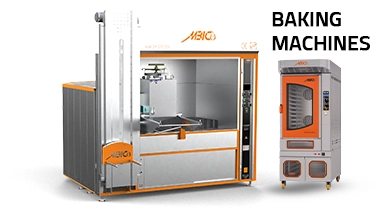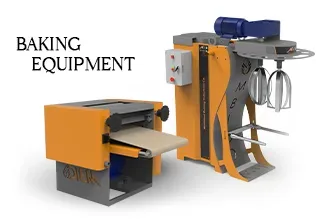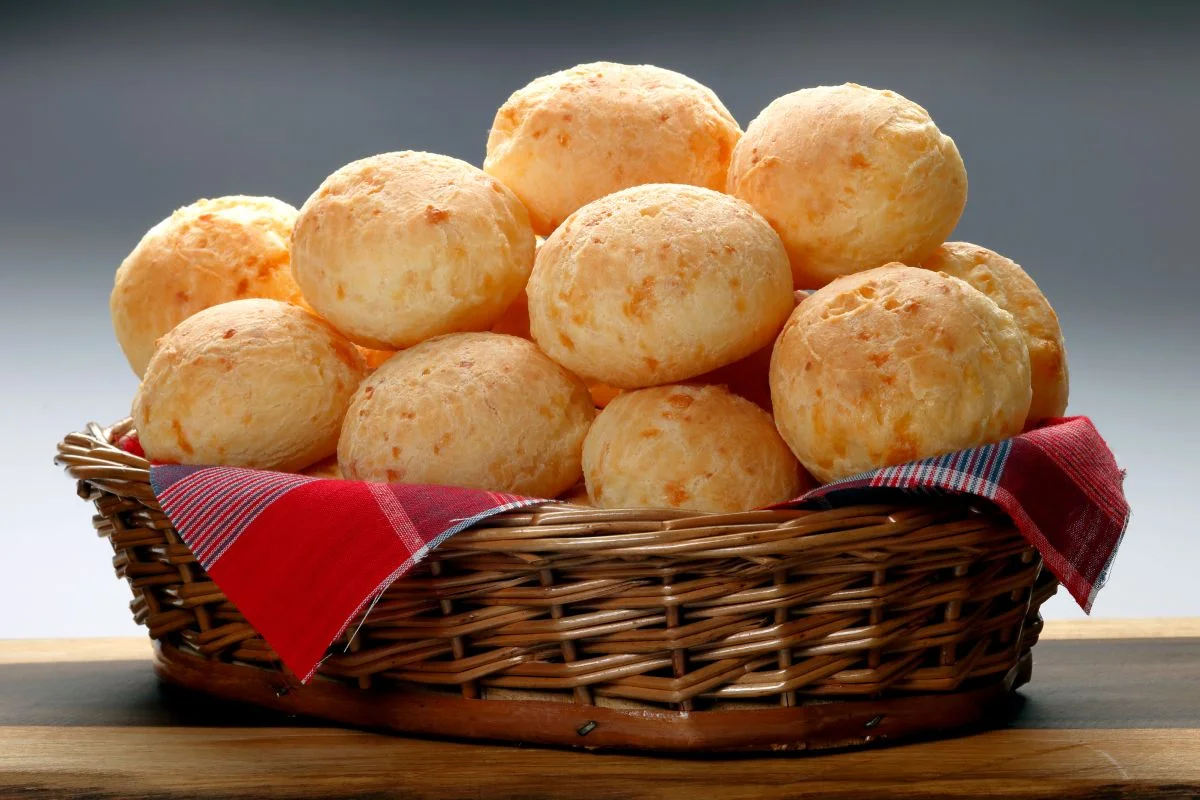Recipe
Unlocking the Secrets of Perfect Pão de Queijo with Science and Skill
Beyond the Basics: Unlocking the Secrets of Perfect Pão de Queijo with Science and Skill
I’ll never forget my first attempt at Pão de Queijo. I’d heard tales of its delightful chewiness and irresistible cheese flavor, a true Brazilian marvel. Eager to replicate it, I followed a recipe, expecting magic. What emerged from my oven was… well, let’s just say it was closer to a dense, rubbery rock than the airy, stretchy bread I envisioned. It was a humbling moment, but also a pivotal one. That initial failure ignited a deep dive into the science behind this unique gluten-free bread, transforming my approach to baking forever. Many passionate home bakers and aspiring professionals face similar hurdles, grappling with the nuances of alternative flours and specific baking conditions.
It’s a challenge that requires more than just following a recipe; it demands an understanding of the underlying science. And for those looking to elevate their craft, whether in a home kitchen or a professional setting, having access to the right tools and knowledge is paramount. This is where companies like MBICO, a leading manufacturer of high-quality bakery equipment, truly shine, empowering bakers to achieve professional results and consistent excellence. By the end of this article, you will have a deep understanding of Pão de Queijo’s unique characteristics and learn the exact techniques to apply scientific principles in your own kitchen to achieve that perfect, unforgettable bite.
The Brazilian Gem: Pão de Queijo’s Unique Identity
Pão de Queijo, or “cheese bread,” is more than just a snack; it’s a culinary icon from Brazil, steeped in tradition and bursting with flavor. Unlike most breads, its primary grain isn’t wheat but cassava starch, specifically a blend of sweet and sour polvilho. This fundamental difference is what gives Pão de Queijo its signature characteristics: a small, round shape, an incredibly chewy and stretchy interior, and a naturally gluten-free composition. In my years of running a professional bakery, I’ve observed that the demand for naturally gluten-free yet intensely flavorful baked goods is constantly growing, and Pão de Queijo perfectly fills this niche. It’s a testament to how traditional ingredients, when understood scientifically, can yield truly innovative results.
Cassava Starch: The Cornerstone of Chewy Perfection
The magic of Pão de Queijo largely lies in cassava starch (polvilho). Unlike wheat flour, which relies on gluten development for structure, cassava starch achieves its unique texture through gelatinization. When heated in the presence of water, starch granules absorb liquid, swell, and eventually rupture, forming a viscous gel. This process, coupled with the fats and proteins from cheese and eggs, creates Pão de Queijo’s characteristic elasticity and chew. For the aspiring baker, understanding the hydration and heating of cassava starch is critical. Too little liquid or insufficient heat, and you get that dense, brick-like texture I initially experienced. Too much, and your Pão de Queijo might not hold its shape. The balance is delicate, a true dance of thermodynamics and ingredient interaction.
The Art and Science of Pão de Queijo Dough
Creating the perfect Pão de Queijo dough involves more than just mixing ingredients; it’s about controlling their interactions. The “scalding” step, where hot liquid (milk or water) and oil are poured over the starch, is crucial for initiating gelatinization before baking. This pre-cooking helps develop the stretchiness. Then comes the cheese – typically Parmesan or Minas cheese – contributing not only flavor but also additional fat and protein that enhance the bread’s structure and browning capabilities. Eggs bind everything together and add richness, while a pinch of salt balances the flavors. Based on the principles outlined in ‘Modernist Bread,’ controlling emulsion and temperature during the dough-making process is vital for consistent results, ensuring every batch has that desired chew and airy interior. It’s a blend of precise measurements and intuitive feel that comes with practice.
Baking Brilliance: Achieving the Signature Golden Crust
The final transformation happens in the oven. For Pão de Queijo, a high initial temperature is often recommended to promote rapid expansion and a beautiful golden-brown crust, thanks to the Maillard reaction. This non-enzymatic browning reaction, involving amino acids and reducing sugars, is responsible for the complex flavors and enticing aroma of baked goods. Achieving this perfect crust while maintaining a soft, chewy interior requires a reliable bakery oven with consistent heat distribution. While specialized commercial ovens offer unparalleled precision, even a well-calibrated home oven can deliver excellent results. Some bakers find success with slightly lower temperatures for a longer bake, which can lead to a more uniform internal texture, while others prefer the high-heat blast for maximum puff. Ultimately, whether you’re using standard home equipment or advanced pizza and food ovens, understanding your oven’s quirks is as important as understanding the dough itself.
Conclusion
From a novice’s frustration to a master baker’s triumph, the journey with Pão de Queijo is a rewarding one, rooted deeply in culinary science. We’ve explored how cassava starch transforms into that unique chewy texture, the critical role of ingredient interaction in dough development, and the precise conditions needed for baking perfection. It’s a testament to Brazil’s rich culinary heritage and the power of scientific understanding in the kitchen. This weekend, try experimenting with your Pão de Queijo recipe: adjust the temperature of your scalding liquid by a few degrees, or bake a batch at two different oven temperatures (e.g., 375°F vs. 400°F), and observe the subtle yet significant differences in the crumb, chew, and crust. Happy baking!







Explore MBICO's categories
Bakery equipment
13 Products
bulk and semi-bulk bread baking ovens
3 Products
Bulk Breads Baking equipment
14 Products
Confectionery equipment
7 Products
Mini ovens
3 Products
Pizza and food ovens
4 Products
Baking equipment
25 Products
Bakery oven
5 Products
Tafton baking ovens
3 Products
Barbari baking ovens
4 Products
Sangak bakery ovens
3 Products
Lavash baking ovens
3 Products
Pastry and confectionery ovens
3 Products
Baking ovens
10 Products
Mobile baking machines
4 Products
Explore MBICO's products
Fixed Rotary Semi-Automatic Oven for Baking Traditional Breads
Dough Mixer
Dough Rounder
2-Roll Dough Sheeter (2-Roll Tabletop Dough Sheeter)
Dough Bowl
Dough pouring machine
4-Roll Dough Sheeter
Conveyor Pizza Oven